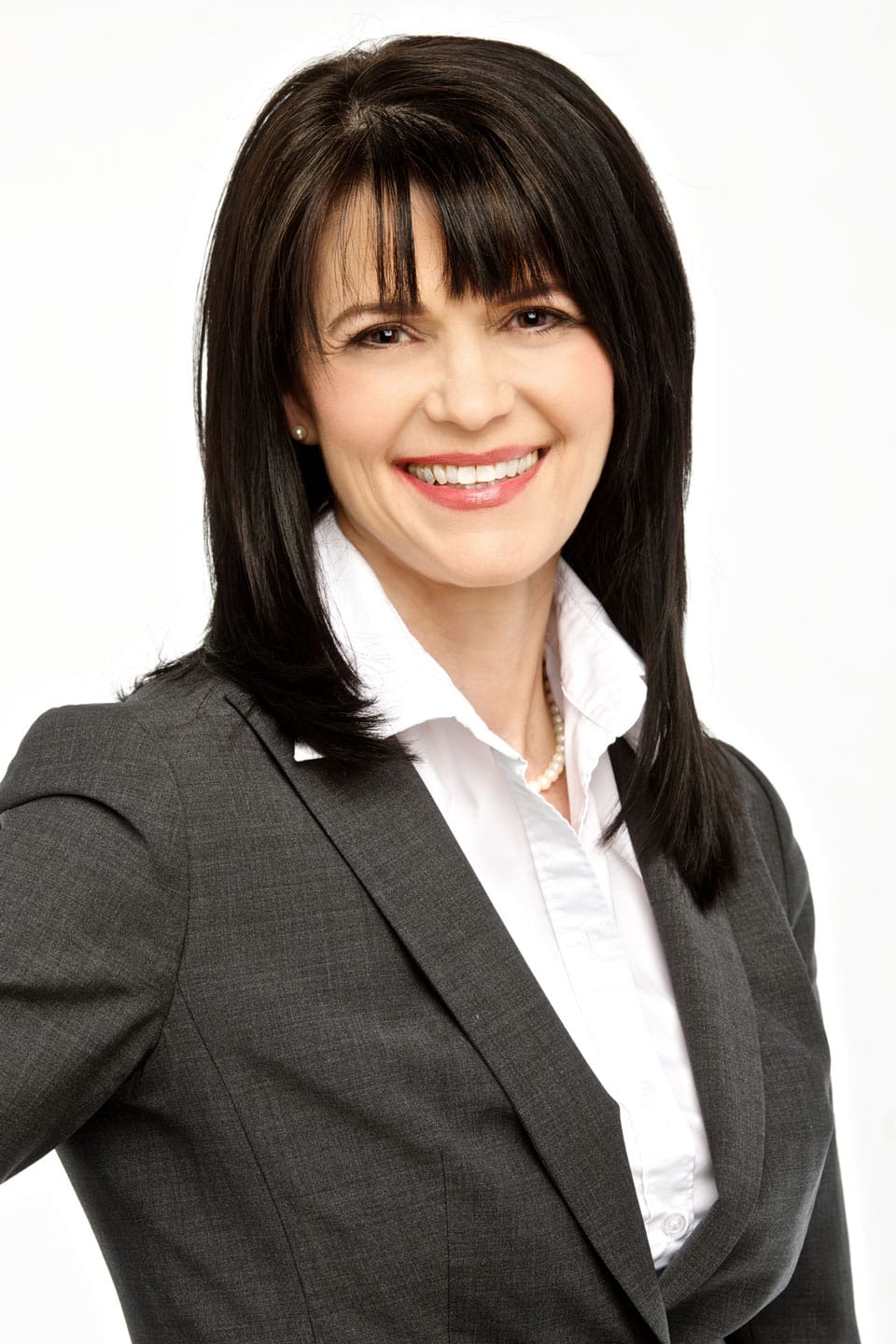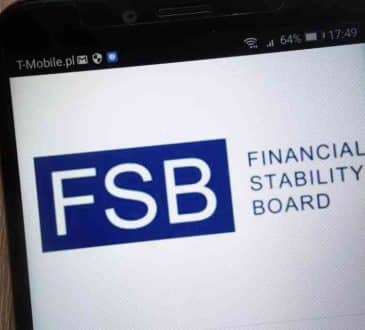5 Best Practices for Leading Team Meetings That Successfully Implement Change

Want to Build a Change-Ready Team? Lead through Conversations Using These Strategies. CEOs, have you ever announced a change in your organization only to be hit with a backlash of resistance? Or do you feel like you need to prepare for battle when you announce a shift in direction, initiative, or anything new? If you have, you’re not alone.
Introducing something new — anything that disrupts your team’s normal pattern, expectations or environment — is challenging. But there are things you can do to minimize the disruption and help your team move toward something new with less stress, frustration, and impact to your operation.
As an executive change leader your goal is to enable the conditions where change is expected and accepted as a natural part of the evolution of the organization. To do this you must build and maintain a change-ready team.
A change-ready team doesn’t fear change. They recognize the need and feel informed and capable of moving forward with something new. They work with the leader and the leader works with them to use change as a strategy for growth and performance.
Building a change-ready team takes effort and commitment. Only about 10% of organizations are change-ready. One reason is because leaders take actions that propel the organization away from being change-ready and toward being change-cynical. They often do this unknowingly or worse, believing the actions they are taking will help.
For example, say you announce to your team your decision to implement a new piece of technology that you find exciting. You talk about the benefits, capabilities, and how much better things will be when it is implemented. But instead of being excited, they push back, ask questions and challenge its value. In your frustration you push back, and so the cycle begins.
Creating a change-ready team starts with you. You must be willing to unlearn current practices, and adopt new ways of initiating and responding to change. Here are five strategies that will help you build a change-ready team.
- Adopt a Readiness Mindset — Many leaders work with a resistance mindset. They believe people intrinsically resist change. This can become a self-fulfilling prophecy, causing them to mistake their employees’ lack of readiness for resistance. Instead, adopt a Readiness Mindset™. A Readiness Mindset is grounded in the belief that when people believe change is needed, and feel prepared, capable, and supported, they will move forward toward something different. When you have a Readiness Mindset, you ask, “How do we ensure people are prepared, feel capable, and are willing to adopt something different?”
- Be Curious — Change is uncomfortable and disruptive for everyone. Each person on your team will have a different tolerance for uncertainty and level of readiness when the change is introduced. Helping facilitate change is about being curious about where people are in their level of readiness, asking questions, and exploring with them the best way to move toward something new. As one of my clients recently said, “Leaders under-recognize their staff’s willingness to change… They want to be excited about change.”
- Define the Need First — Human beings are hardwired for certainty and predictability. We like to stay in our comfort zone, and we like to know what to expect. To override this wiring, people must see and internalize the need for something new. One mistake many leaders make is to start with the solution. They talk about the benefits of a proposed change and expect people to be as enthusiastic as they are. But if the people being introduced to the change don’t first understand and connect to the reason the change is needed, or are surprised by a change that will disrupt their work or their lives, it will likely trigger a stress response and react. A common reaction to this type of stress is to defend the current state or question the solution. Leaders working from a resistance mindset then mislabel this reaction as “resistance.”
- Define a Clear, Concise, and Concrete Outcome Story — Two of the most stressful things for every human being are uncertainty and the fear of the unknown. We will not let go of any current condition if we don’t have a sense of what the alternative looks and feels like, and can see ourselves in that situation. Many leaders introduce change with a vague sense of what the outcome will be, and without a clear picture of the desired outcome. You don’t need to know how you will achieve the outcome, but you do need to articulate what it will look and feel like, thereby enabling your team to connect and see themselves in the story. An intended outcome story is more than a high-level vision statement. It is a clear, concrete, and concise description of your destination. It guides your actions because it describes the look, feel, behaviors, and activities of your organization/department after the change has been successfully adopted. Without a clearly stated and shared intended outcome you are taking your organization on a journey of uncertainty and discomfort with no apparent end.
- Lead Through Conversation — Conversation is the most powerful communication method to enable change. Yet most leaders dismiss it as just talking or confuse it with giving information and asking if there are any comments or questions, then default to passive communication like email to communicate with their team. This is a mistake and as a result conversation is undervalued and underused. Conversation is every human’s default communication method. Your team will use conversation to make sense of events, create meaning around the change and to decide the action they will take. Our work showing leaders how to use conversation as a change management action has demonstrated that leaders who learn how to use conversation as a primary communication method and engage their team in a variety of conversations throughout the process have distinct advantages over those who don’t. Conversation allows us to make sense of any situation. Our conversations also determine the energy (positive or negative) that we will bring to any situation.
Change leaders who continuously use and integrate the strategies I have outlined can create positive energy and increase the people’s investment in the change process over time. You can create a change-ready team and organization.
Written by Dr. Dawn-Marie Turner.
Have you read?
Best Business Schools In The World For 2022.
Best Fashion Schools In The World For 2022.
Best Hospitality And Hotel Management Schools In The World For 2022.
Best Medical Schools In The World For 2022.
The World’s Best Universities For Doctor of Business Administration (DBA), 2022.
Add CEOWORLD magazine to your Google News feed.
Follow CEOWORLD magazine headlines on: Google News, LinkedIn, Twitter, and Facebook.
Copyright 2024 The CEOWORLD magazine. All rights reserved. This material (and any extract from it) must not be copied, redistributed or placed on any website, without CEOWORLD magazine' prior written consent. For media queries, please contact: info@ceoworld.biz








